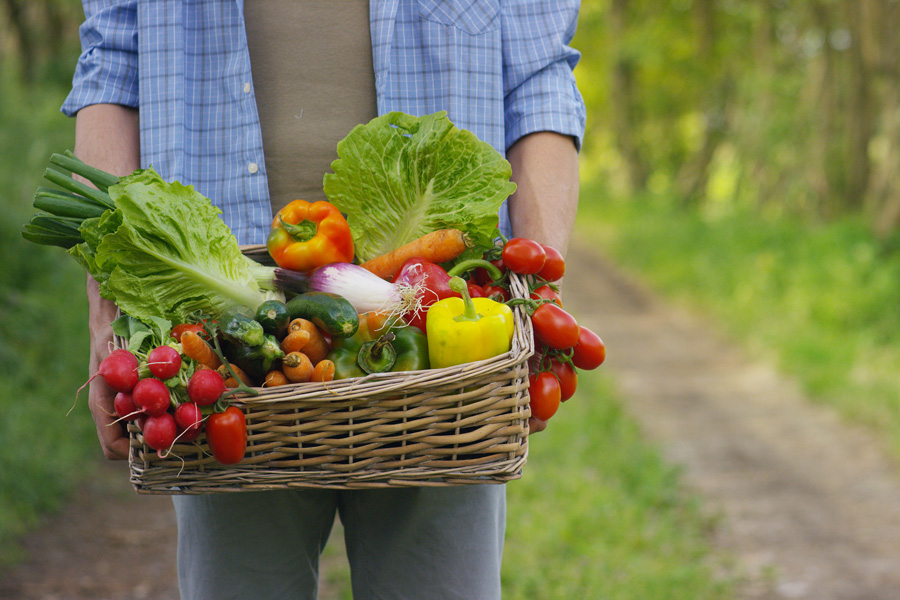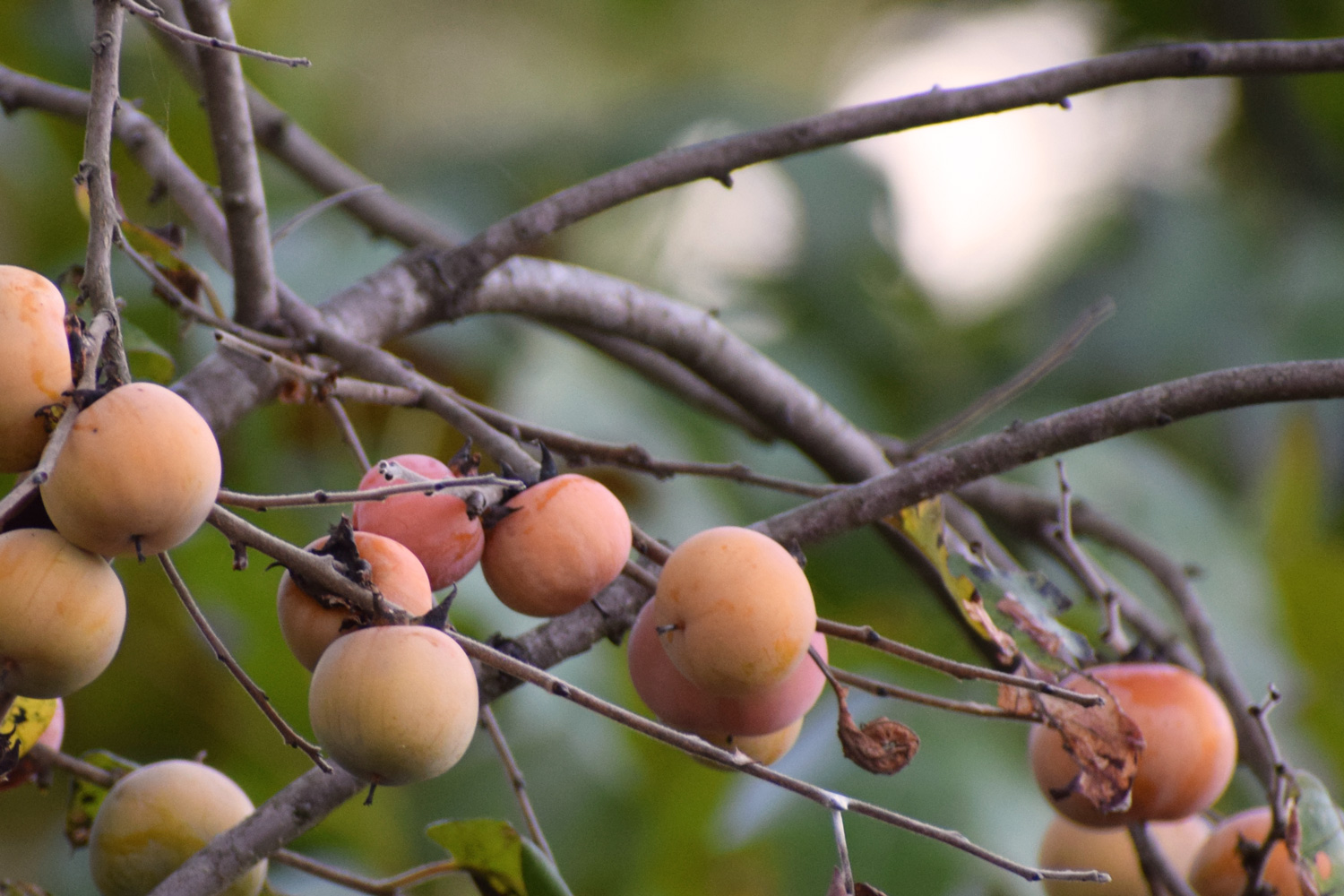Lawn and Garden
-

Many fruit trees are purchased as bare-root trees. A bare-root tree is a dormant tree that has no soil or planting medium around the roots. Here are some tips on storing, planting, and caring for your bare-root fruit tree.
Jule-Lynne Macie and Lynwood Blackmon
|
-

This circular gives suggestions for determining the proper stage of maturity for harvesting many vegetables.
Bob Westerfield
|
-

C 883
Home Garden Strawberries
Learn how to grow your own strawberries at home with this helpful guide. Strawberry beds need a small area that receives full sun most or all day to get started, and they will grow well in many types of soil.
Bob Westerfield and Phillip M. Brannen
|
-

Research has shown that if you properly select, install and maintain ornamental plant, you greatly increase their survival and performance in the landscape. Following BMPs (Best Management Practices) not only conserve moisture in the landscape but will assure overall health and vigor of the ornamental plants.
Bob Westerfield
|
-

For most people a complete understanding of the standard methods required to accurately complete critical wastewater analytical tests is not necessary. However, a fundamental understanding of the theory behind and working knowledge of the basic procedures used for each test, and the answers to commonly asked questions about each test can be a valuable tool for anyone involved in generating, monitoring, treating or discharging process wastewater.
Brian H Kiepper
|
-

Learn how to grow rutabagas, a cool-season root crop that can be produced in the spring or fall in Georgia.
Bob Westerfield and W. Terry Kelley
|
-

C 784
Home Garden Persimmons
Many of the numerous species of persimmon can be grown in Georgia. This resource covers planting and growing requirements as well as fruiting, harvesting, and insect pest information.
Bob Westerfield
|
-

C 787
Gardening in Containers
Growing plants in containers differs from growing plants in the ground. Poorly drained potting mixture can lead to root problems. Under conditions of excess moisture and poor aeration, roots become stressed and are easily invaded by root rotting fungi. Under these circumstances, plants fail to grow properly or even die.
In addition to guidance on soil preparation, this bulletin provides information on selecting containers, planting and fertilizing container plants, a list of plants recommend for container gardens.
Bodie V. Pennisi
|
-

This publication is a monthly guide for professional managers of commercial, recreational, municipal, institutional or private grounds in Georgia.
Gil W. Landry, Michael D Toews, Paul A. Thomas, Bodie V. Pennisi, Timothy R. Murphy, and Beverly Sparks
|